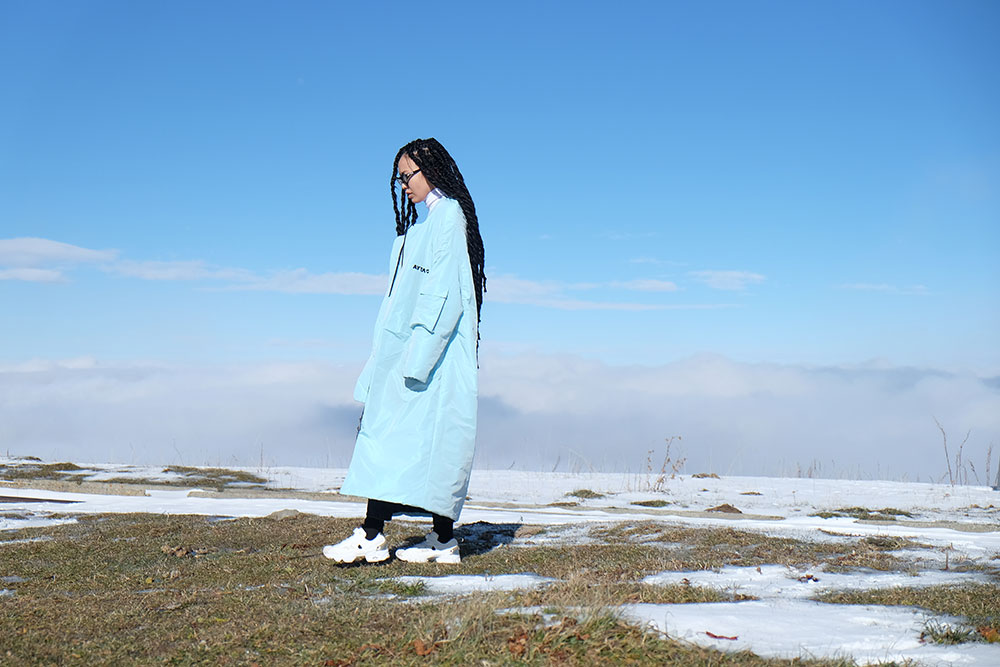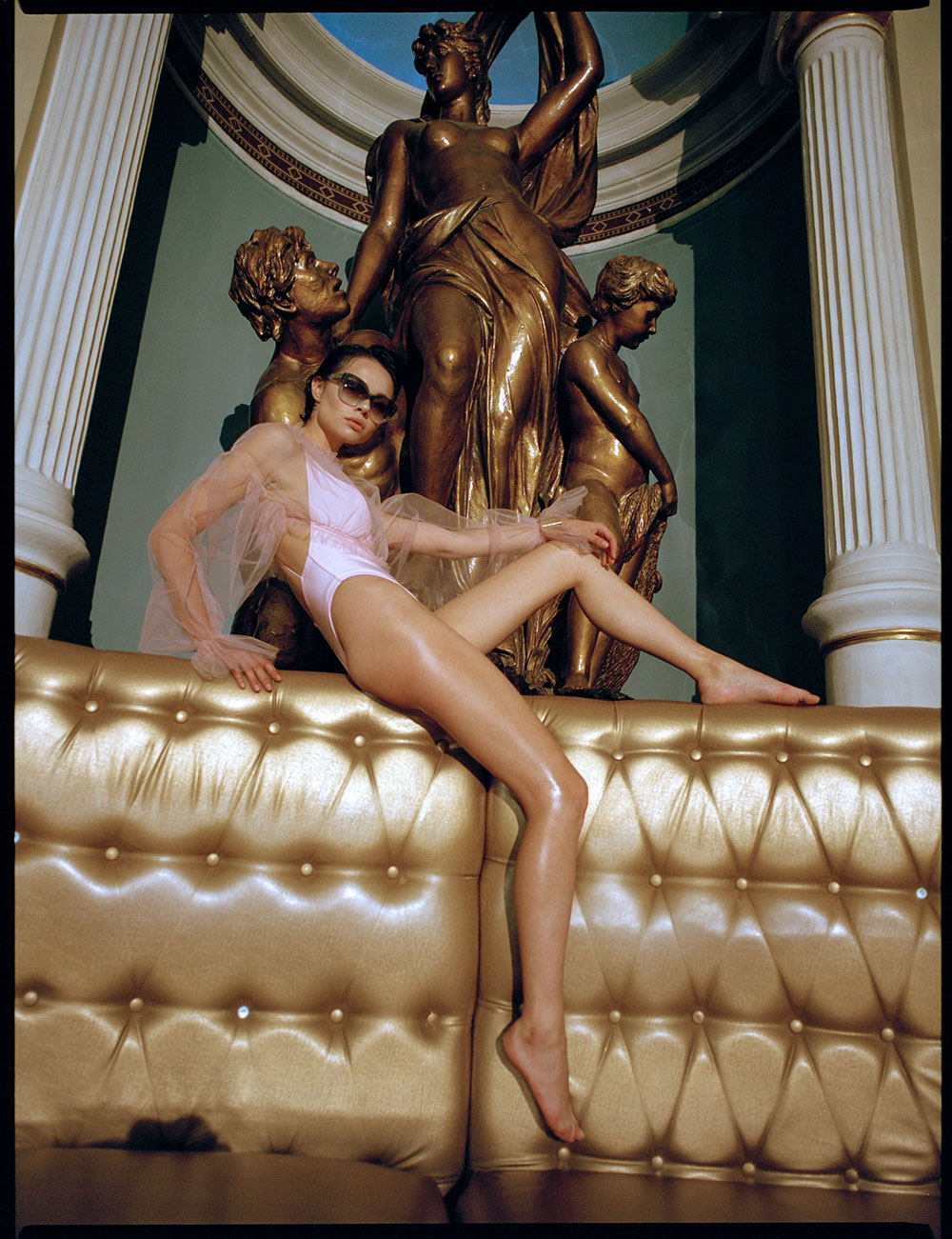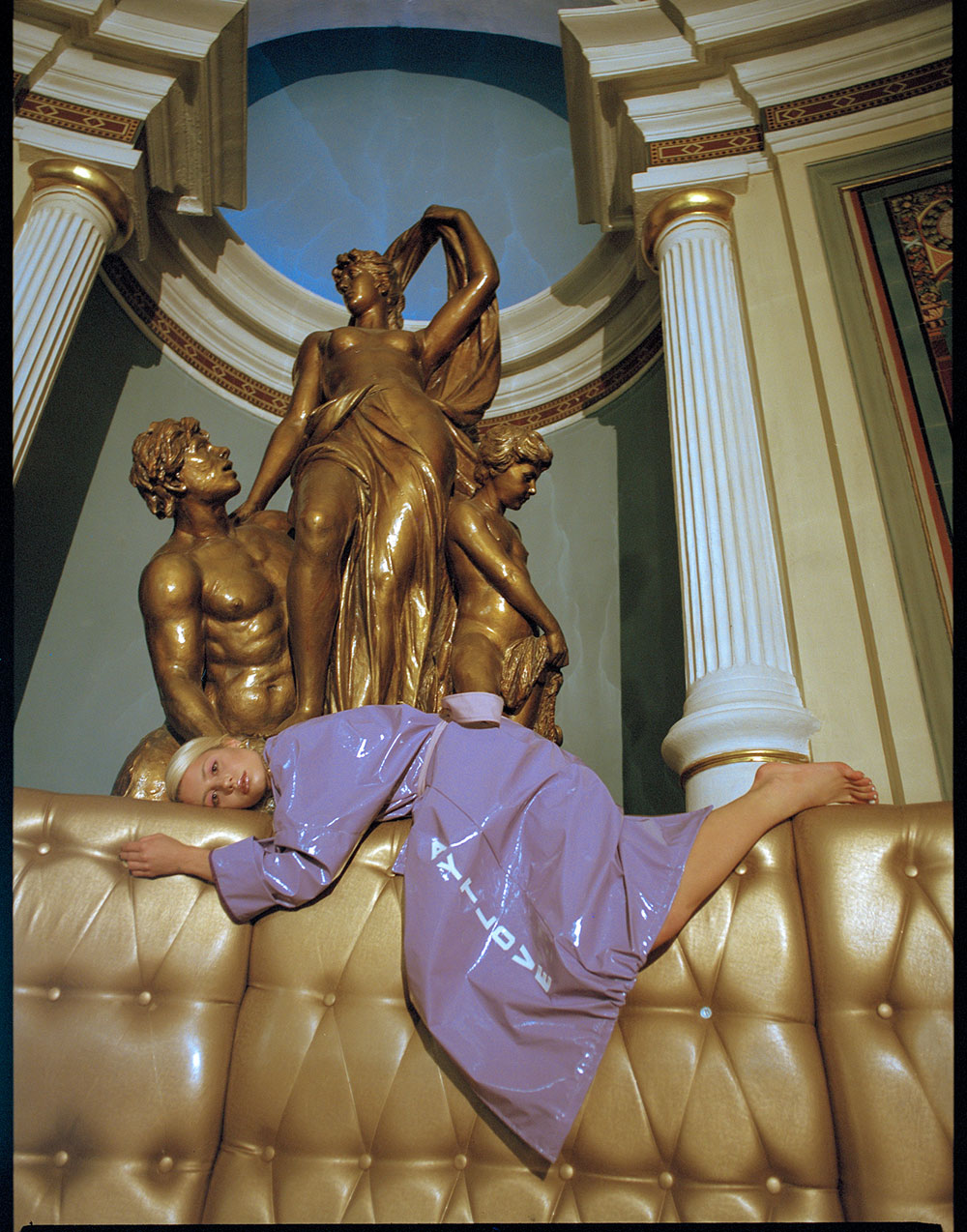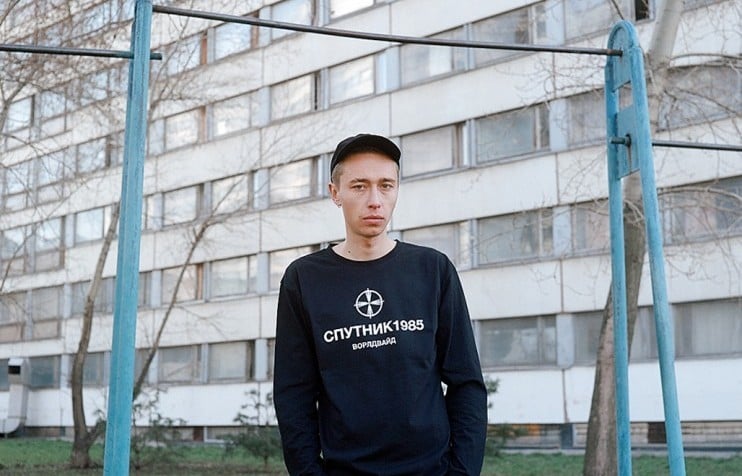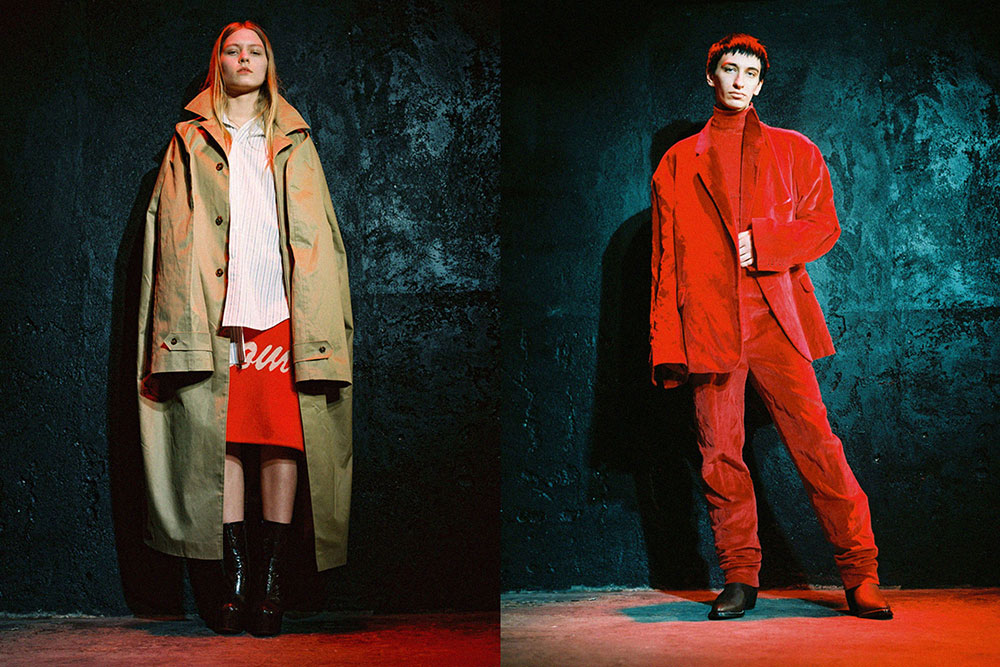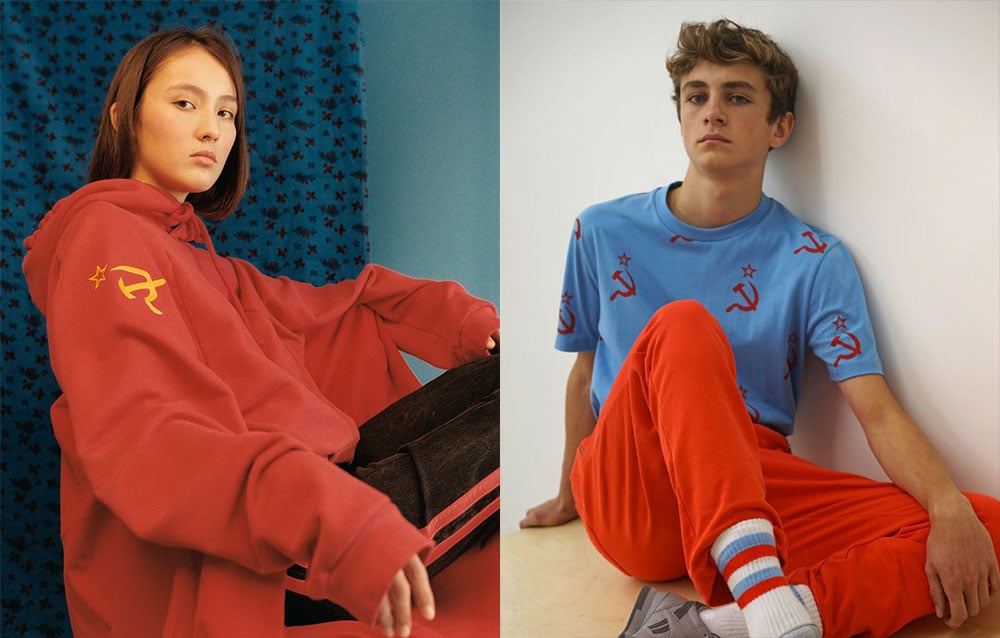The bigger picture: meet the Moscow fashion brand with a global vision for Russia
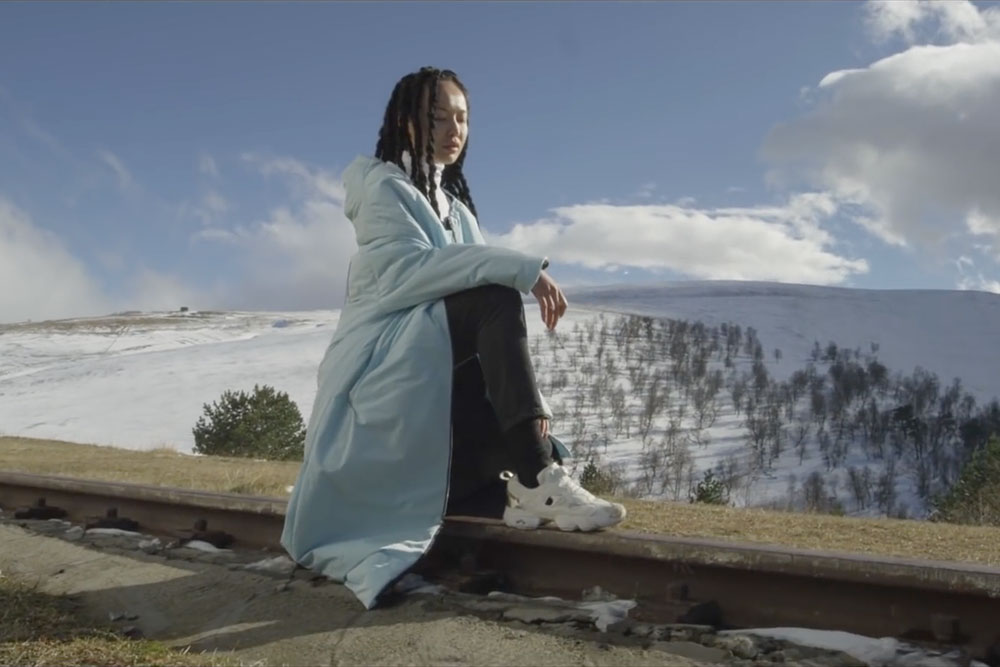
Since its launch in 2014, Russian street wear label Outlaw Moscow has grown an international following that includes stars like Skepta while steering clear of post-Soviet cliches. Following their travels to Melbourne, Fiji and London, the brand returned home to make an ambitious fashion film exploring Russia’s multicultural landscape
2016 was a big year for Russia in fashion — the country has almost become a synonym for the trendy Nineties-inspired look of desolate, post-Soviet youth. Perhaps this aesthetic reflects the way contemporary culture is responding to history, but it also raises a few timely questions. What takes a firmer hold of us — our differences or similarities? And is there a future for global culture? In 2016 Russian label Outlaw Moscow received the SHOWstudio Fashion Film Award for their portrayal of an eclectic bunch of outsiders navigating the snowy streets of Moscow. Their new video work, simply titled Outlaw Film 2, is a much broader meditation on future of youth culture and the shifting role of fashion imagery. It’s also a proof that there is more to contemporary Russia than just post-Soviet cool.
“We think that in 2017 it’s the time to rethink Russian culture. So many things have shifted since the revolution of 1917: the country went through wars and upheavals, numerous major regime shifts, repressions and waves of immigration. We decided to put together bits of numerous eras, images, styles and locations — and mix it all up. We wanted to show the contrasting all-encompassing view of the world through the eyes of Outlaw and Outlaw people,” explain Maksim Bashkaev and Dilyara Minrakhmanova, the duo behind Outlaw Moscow. “From the very beginning we wanted to make a film not just about Moscow but about our whole Northern Eastern world. We had ideas of going to Kamchatka, Mongolia and Uzbekistan and filming from helicopters and off-roaders.”
As ambitious as it sounds, Outlaw Film 2 goes even further than its creators planned. From a ride in a Mercedes past the glowing skyscrapers of Moscow to the opulent and surreal settings of a luxury sauna, from lakes, mountains and mosques to a Soviet-era observatory in the Caucasus — it’s a fascinating journey through a world inhabited by a futuristic tribe of Outlaw-clad outsiders. Is it Russia? Yes. Did you expect to see it this way? Definitely not.
“The film consists of five episodes — a journey from the criminal Russia of the 2000s to its ancient past, portrayed through nature and the mosques of Tatarstan. The fight scene in the Moscow metro references the Soviet time, and finally there’s the poetic and philosophical landscape of Arkhyz in the Caucasus,” Bashkaev explains. “Production was tricky, and our producer Natasha Solovieva helped a lot. We filmed in various districts of Moscow, in Tatarstan republic, in Arkhyz, with cars and drones. Convincing the scientists from meteorological station to get access to a closed observatory was quite difficult.”
Maksim Bashkaev and Dilyara Minrakhmanova started Outlaw in 2014 in Moscow. From the beginning their style has been eclectic: graphic coats with eye-catching appliqué and multicoloured faux fur, sit comfortably side-by-side minimal sweatshirts and “branded” robes inspired by Dapper Dan’s Harlem knock-offs. Their bomber jackets quickly became a hit, emblazoned on the back with prints such as the maneki-neko kitten, Mexican eagle, and an ancient Chinese bird, among others. The Outlaw vision is increasingly in demand: for the upcoming Paris fashion week in February they will present a capsule collection on constructivism for Farfetch and Browns (they were picked by Farfetch and Bureau 247), and they just finished working on a small capsule collection for the latest Star Wars film, Rogue One. Still, in the difficult climate of the fashion industry, Outlaw’s founders are keen to retain their independence: “We produce complex singular pieces — you’ve got to spend many long hours and buy a lot of materials to make one or two bomber jackets or coats. But we don’t really see ourselves in this vicious circle of production — for now we work outside seasons and buyers, produce in batches and only what we really want”.
Despite being a Russian brand, the image Outlaw projects is not limited to their own country and its visual tropes. “We try to do a shoot in any point of the world we end up. The most recent ones include a shoot with the creative crowd of Melbourne and with fishermen in the remote islands of Fiji,” Bashkaev and Minrakhmanova recall. “We realised that our main strength is in diversity. We photographed grime musicians in the outskirts of London to the background of housing estates. A month later we did a shoot with a Russian model in golden make up and white fur coat, posing in front of the Louvre. Diversity and sensibility are key to our DNA. Our goal is to clash concepts and styles, to help people expand their views and rethink everything that surrounds them.”
Despite the daring optimism which comes through in most of Outlaw’s works, the foundation of their creative world was not overly positive. The brand name they picked in the very beginning reflects the struggle and alienation they feel living and working in Russia. “Russia is a paradoxical place where if you want to be united with the world, accept diversity of people, strive for love and understanding you become an outcast,” they explain. “We feel a part of disjoined, broken world, and we are trying to mend it, put different styles and different people into a vision of the current era, to understand the ways of life of Melbourne’s creative youth, London’s grime scene and Paris artists. We want to overcome the Russian self-inflicted isolation. Then again, without the unique and tough Russian environment we wouldn’t be who we are now. I guess for us Outlaw is Russia.”
The Russia Outlaw Moscow envisions is far from post-Soviet brutalist stereotypes: it’s vibrant, multicultural and open. “We like the idea of integration with different countries and cultures, against nationalism and militarism which are so strong in Russia now. Guess when you’re a foreigner it’s amusing to look at the communist aesthetics of China, North Korea, and our post-Soviet culture. Gosha Rubchinskiy is a style export of post-Soviet Russia, while in the country for most people it’s kind of annoying. But that doesn’t mean Gosha is not cool or impressive,” Outlaw founders admit. They recognize, however, that their pathway is completely different: “We are local Russian fighters for freedom and diversity which we express in films, shoots and design. We don’t exploit Russian and Soviet tropes just for the sake of western consumers of Russian culture”.






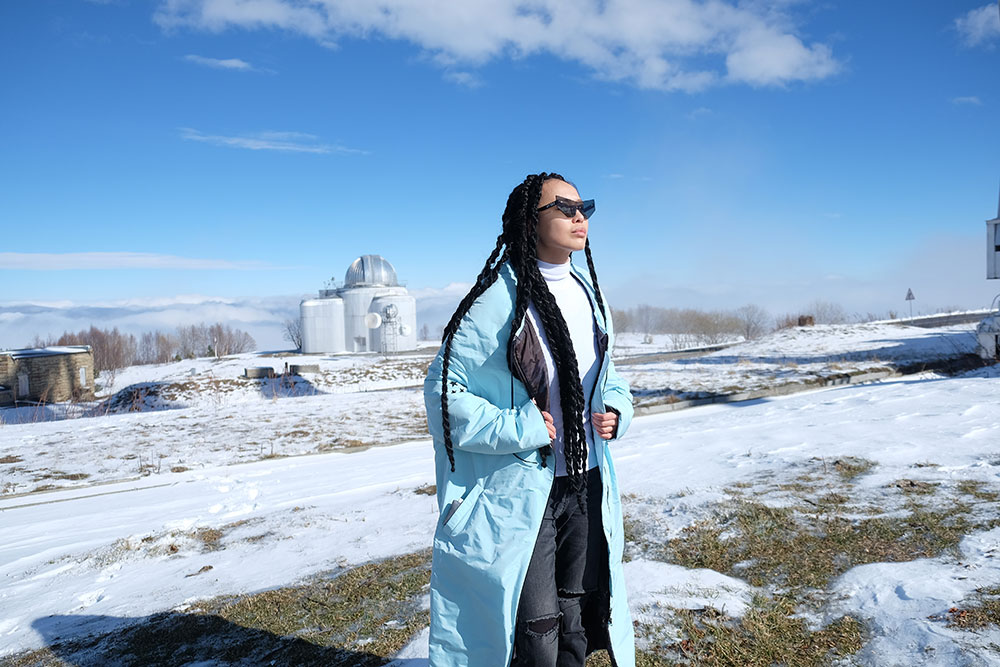
.jpg)
